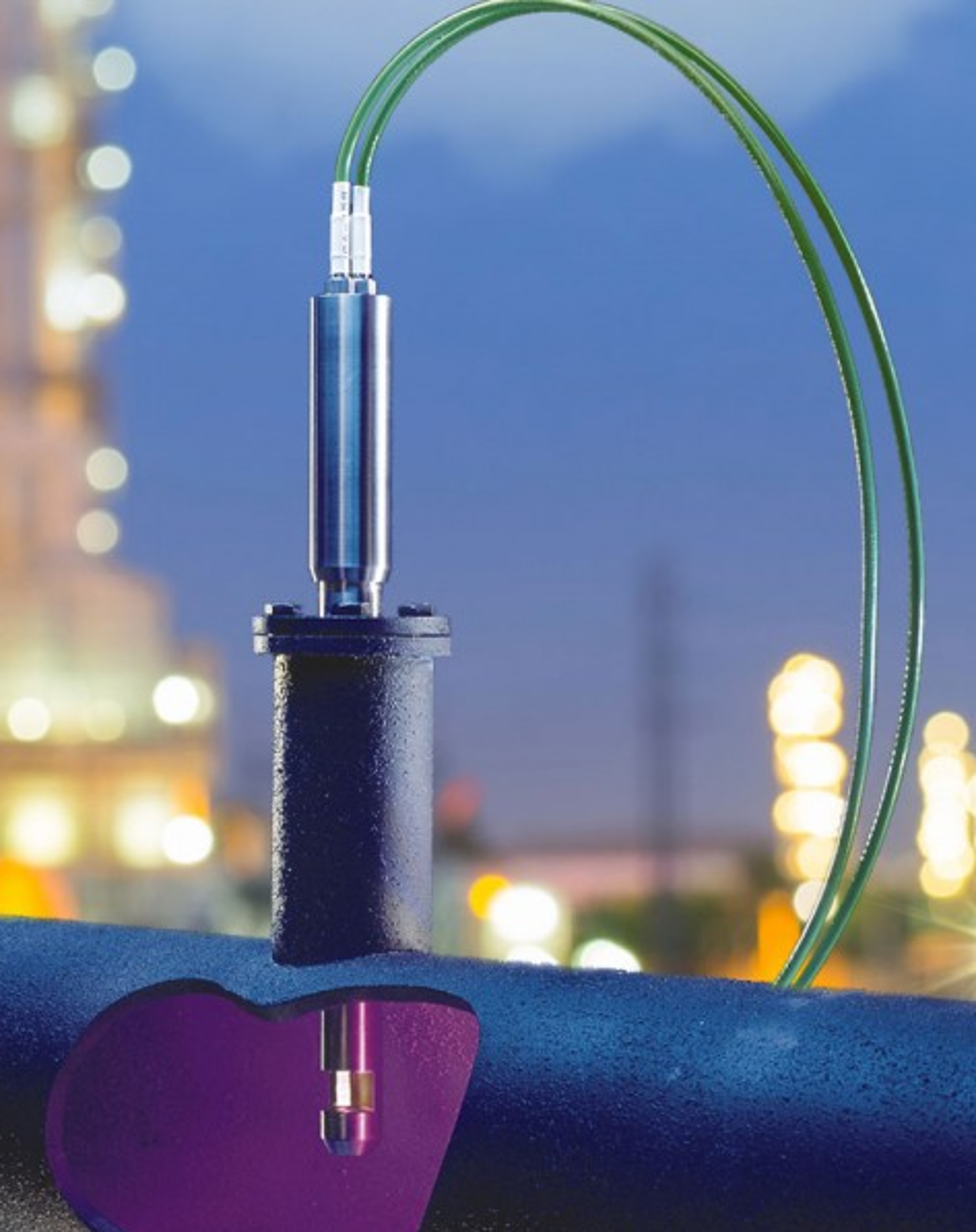
This website is dedicated to exploring and recommending flow cells and direct insertion probes for process spectroscopy applications. These probes or sample interfaces are ideal for measuring liquids, vapors, and gases with Dispersive or FT-NIR Process Spectrometers. Additionally, sample interfaces discussed here within can be modified specifically for UV-VIS process analysis.
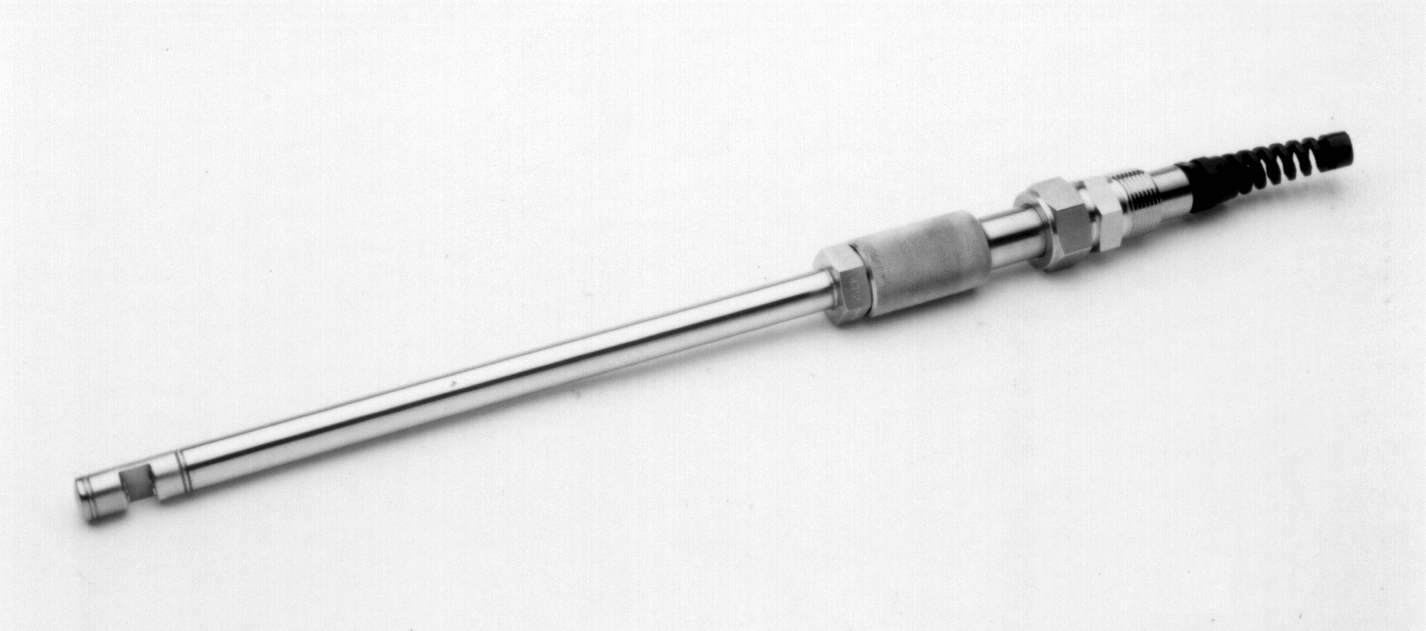
Direct Insertion Probes
Designed specifically for reactors and pipelines greater than 3 inches, Direct Insertion Probes allow for fast and non-destructive transmission measurement of the process. Optionally, a flange can be welded to the probe.
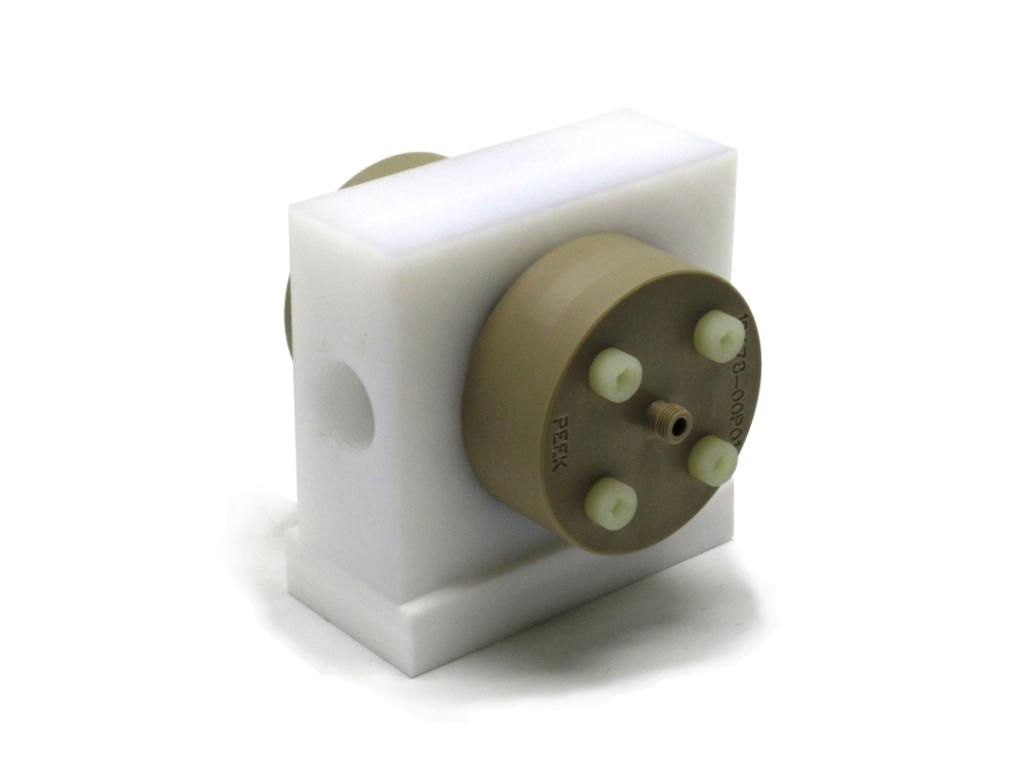
Liquid Flow Cells
Designed specifically for at-line measurements Flow Cells are constructed in Teflon, 3016L Stainless Steel, and other custom alloys. Ideal for applications with small diameter pipes or sample conditioning systems.

Negative Pressure Vapor and Gas Probes
Designed specifically for use in vacuum chambers with Triclover flanges, the gas and vapor probe is ideal for sterilization applications.
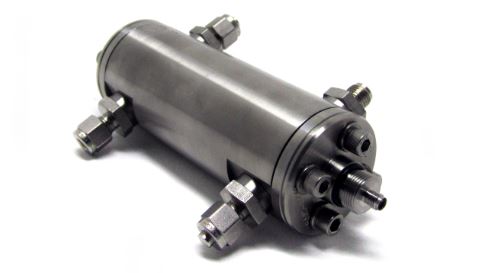
Positive Pressure Vapor and Gas Probes
Developed for trace gas detection, the Transmission Gas Flow Cell is ideal for long path length positive pressure applications. The Gas Flow Cells are constructed in 316L Stainless Steel and other custom alloys.
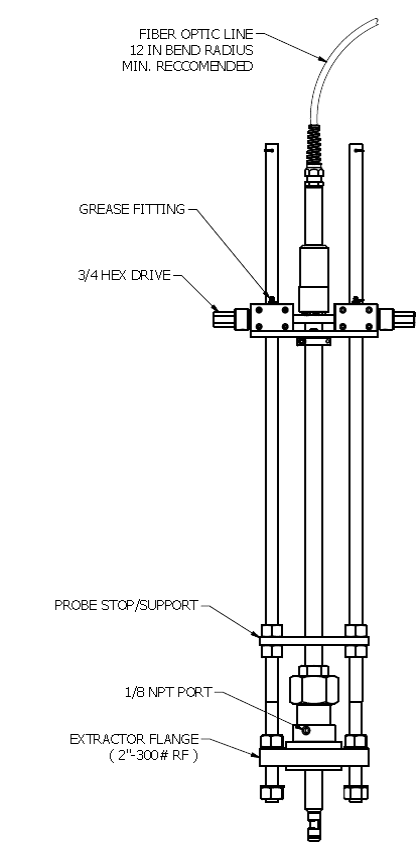
Accessories – Custom Flanges and Mechanical Extractors
The practical methods for removal of the probe from the process, access to the windows, or complete disassembly and reassembly abilities are often desirable features to look for when choosing new sample interfaces. For direct insertion probes, the type of seal to the pipeline or reactor determines the effort required to service.
Frequently Asked PAT and Sample Interface Questions
What are the Fundamentals of a Fiber Optic Probe?
What should I Consider for Solving Real World Measurement Problems?
Selecting the Best Sealing Technology for Direct Insertion PAT Probes
Things to Consider before purchasing Probes and Flowcells PAT
What are some examples of sample interfaces for specific applications?
We have compiled a list of applications and recommended sample interfaces.
